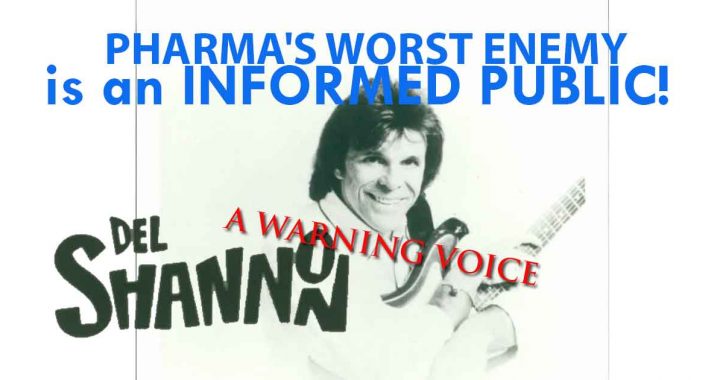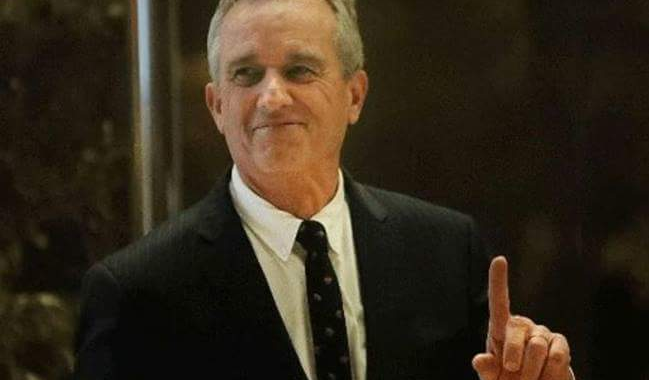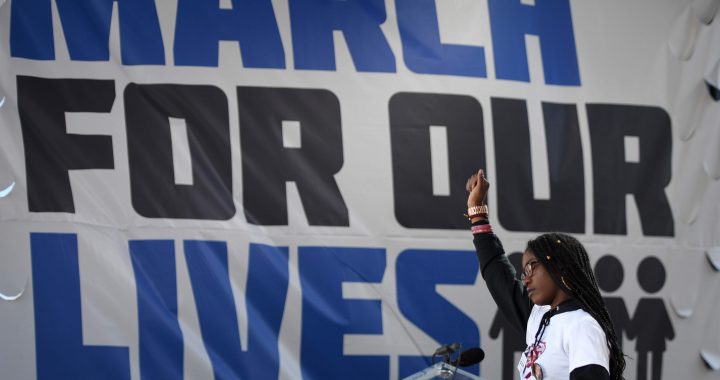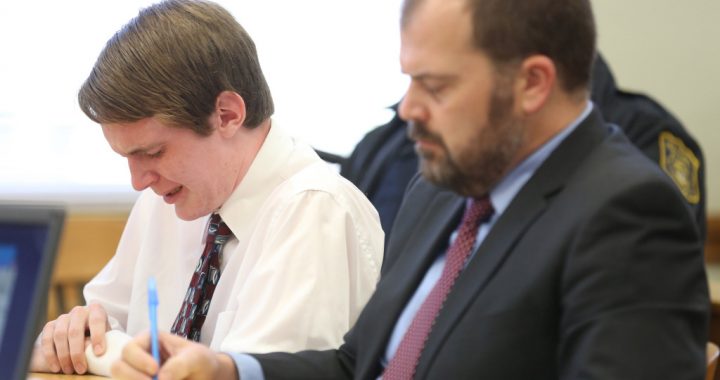Paragraph 11 reads: “Years later, Mr Ritchie encouraged a ‘‘nervous and confused’’ woman, sitting on a ledge, shoes by her side, to follow him home. Over tea and toast, she revealed she was unhappy with medication she had been prescribed for depression. Mr Ritchie’s wife suggested she seek a second opinion. ‘‘A couple of months later she came up the path with a bottle of French champagne. We later got a Christmas card from her, and a postcard. It said ‘I’ll never forget your important intervention in my life. I am well’.’’
http://www.smh.com.au/national/an-angel-walking-among-us-at-the-gap-20090731-e4f2.html
An angel walking among us at The Gap
’’People will always come here. I don’t think it will ever stop’’ … Don Ritchie. Photo: Marco del Grande
Kate Benson Medical Reporter
August 1, 2009
HE IS the watchman of The Gap. A former life insurance salesman who in 45 years has officially rescued about 160 people intent on jumping from the cliffs at Watsons Bay, mostly from Gap Park, opposite his home high on Old South Head Road. Unofficially, that figure is closer to 400.
Some, at his urging, quietly gathered their shoes and wallets, neatly laid out on the rocks, and followed him home for breakfast. Others, tragically, struggled as he grabbed at their clothes before they slipped over the edge.
Still others later sent tokens of thanks, a magnum of champagne or an anonymous drawing slipped into his letter box, labelling him ‘‘an angel walking among us’’.
Don Ritchie, 82, spends much of his time reading newspapers, books and scanning the glistening expanse of ocean laid out before him. His days of climbing fences are gone and he admits some relief that most visitors now carry mobile phones and are quick to contact the police if they see a lone figure standing too close to the edge, too deep in contemplation.
For its part, Woollahra Council has been campaigning for $2.5 million to install higher fences, motion-sensitive lights, emergency phones and closed-circuit television cameras, but Mr Ritchie is ambivalent.
‘‘People will always come here. I don’t think it will ever stop,’’ he says, with a shrug.
Some deaths have been recorded in his diary, others are eternally etched in his mind.
One summer evening he spotted a young man perched on a thin ledge, beyond the fence.
‘‘I went over and I tried to talk to him, asking him questions about where he was from. He wouldn’t talk much, just kept looking straight ahead. I was talking to him for about half an hour … thinking I was making headway. I said ‘why don’t you come over for a cup of tea, or a
beer, if you’d like one?’ He said ‘no’ and stepped straight off the side … his hat blew up and I caught it in my hand.’’ Later, Mr Ritchie discovered the 19-year-old had grown up next door, playing with his grandchildren.
Years later, Mr Ritchie encouraged a ‘‘nervous and confused’’ woman, sitting on a ledge, shoes by her side, to follow him home. Over tea and toast, she revealed she was unhappy with medication she had been prescribed for depression. Mr Ritchie’s wife suggested she seek a second opinion. ‘‘A couple of months later she came up the path with a bottle of French champagne. We later got a Christmas card from her, and a postcard. It said ‘I’ll never forget your important intervention in my life. I am well’.’’
Despite his bravery and compassion, Mr Ritchie has steered clear of the limelight. He was awarded a Medal of the Order of Australia in 2006 for his services to suicide prevention but is all too aware that any publicity attracts more depressed and disturbed people.
In the weeks after the Channel 10 newsreader Charmaine Dragun jumped to her death outside his house in November 2007, Mr Ritchie’s wife is adamant six more followed.
‘‘But what do you do? Not talk about it?’’ he asks. ‘‘It’s the truth. It’s what goes on here.’’
It has long been a haunting dichotomy for rescuers, families and media. To speak out in a bid to have the area made safer, risking more people becoming aware of it, or to keep quiet, letting the deaths go on.
But for an anti-suicide campaigner, Dianne Gaddin, whose daughter Tracy jumped from The Gap in 2005, the answer is easy. If the issue is not aired, the problem will never be solved.
She has written four letters in the past month to the Prime Minister, Kevin Rudd, urging him to act. While her pleas go unanswered, her desperation balloons. She knows Mr Ritchie will not be standing guard forever.
‘‘Sometimes just a smile and a greeting is all it takes to change the mind of the would-be suicider. I don’t believe people want to die, but living is just too hard. To me, Don is a guardian angel.’’
Lifeline: 131 114; Salvo Crisis Line 93312000; Beyond Blue 1300224 636.




